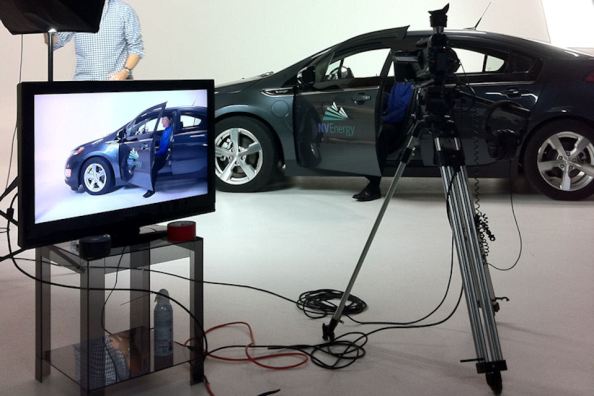 One of the downsides of working with emerging technologies is that you never quite know how they’re going to fare until they hit the marketplace. There’s no good rule of thumb to estimate people’s reaction to something they haven’t even considered before.
One of the downsides of working with emerging technologies is that you never quite know how they’re going to fare until they hit the marketplace. There’s no good rule of thumb to estimate people’s reaction to something they haven’t even considered before.
A good example is electric vehicles (EV), a vehicle that is charged from grid electricity rather than using gasoline; the product has been in equal parts reviled and revered. Proponents point to the societal benefits of an alternative to the internal combustion engine, falling costs of EVs, high satisfaction among early adopters and curiosity among a general public ever more aware of gas costs. Indeed, one utility test-driver of both the Nissan Leaf and Chevy Volt told me that he spends a good deal of time being stopped by folks curious to take a peek. Opponents coalesce around the lack of charging infrastructure (though controversial Better Place says it plans to remedy this), the infancy of the technology and the cost of technology development, especially where it’s funded by government dollars. Doubtless, their case will be bolstered by today’s announcement of an investigation into Chevy Volt batteries.
The trajectory of the industry has broadly been assumed to be continued falls in battery costs – which are down from $1,448/KWH in 2006 to under $1,000/KWH this year[i] – and better battery life rendering the industry ever more attractive to consumers, while acceptance rises as more EVs are seen on the road. This said, no one is able to pinpoint the speed at which battery prices will fall or at which consumers will switch to EVs. Ernst & Young identified “access to charging stations, vehicle price and battery driving range” as the most important determinants of consumer adoption, but human behavior is tough to forecast. How do you know at what point EVs become ‘socially acceptable’ to most folks? Given this, it’s no surprise that forecasts for the global EV fleet by 2020 range from 2mn (Goldman Sachs) to over 20mn (International Energy Agency). For comparison, total light vehicle assembly for next year alone is forecast at 83.5mn units.
 Greentech Media hosted a call last week in conjunction with Travis Bradford of think-tank Prometheus Institute, during which they painted a different picture of the industry’s development path. Three points were particularly interesting:
Greentech Media hosted a call last week in conjunction with Travis Bradford of think-tank Prometheus Institute, during which they painted a different picture of the industry’s development path. Three points were particularly interesting:
- EVs might not become much cheaper. This runs counter to conventional wisdom which says that as battery prices fall, EV prices will fall consecutively. The Greentech Media study instead looked at the total cost of ownership (electricity cost, battery depreciation, taxes, driving patterns, fixed / upfront capital costs, financing, insurance) and concluded that EVs currently have a 7c/mile advantage over regular cars. This can save you up to $800 per year. As oil costs and fuel efficiency standards for regular cars rise, the study forecasts a 7c/mile advantage for EVs in 2020. In other words, there’ll be no change in the relative value of EVs.
- Infrastructure and batteries aren’t key. The study argues that the first few million EVs will roll out without a new infrastructure – the equivalent of gas stations – to support them. Early adopters will make do with charging at home or will use the charging stations being trialed around the country. Also, cheaper battery costs are “a price of admission” but there are declining returns to longer-range batteries as few consumers would need them in practice. This is important because the bulk of research and development dollars in the sector have been funneled to reducing battery cost and size, and to figuring out how to replicate the “gas station” infrastructure model.
- EVs will be delivered by big auto. According to the study, consumers expect warranties, sales support and service regardless of what’s going on under the hood; only large scale auto can deliver this. Some small EV companies will become big, but auto distribution is too capital intensive a business for small distributors to be viable. Big auto has large sunk costs and economies of scale; this is too big market barrier for most start ups to overcome.
For those working on technologies that will be sold into the industry, this is somewhat alarming. For example, if you were assuming that you were on the right track targeting your early-stage battery technology only at the EV industry, you could find yourself derailed before you ever hit the market.
There are broader reasons to watch this market as it develops; the dynamic of the global gasoline industry is changing. The US summer driving season was once the major event on the gasoline industry calendar, but – since the downturn and the introduction of ethanol – US refiners have found themselves with sufficient spare capacity to export. Figuring out the likely pattern of EV introductions could help in forecasting oil usage patterns, a task that’s tricky enough at the best of times.
Posted on November 28, 2011
0